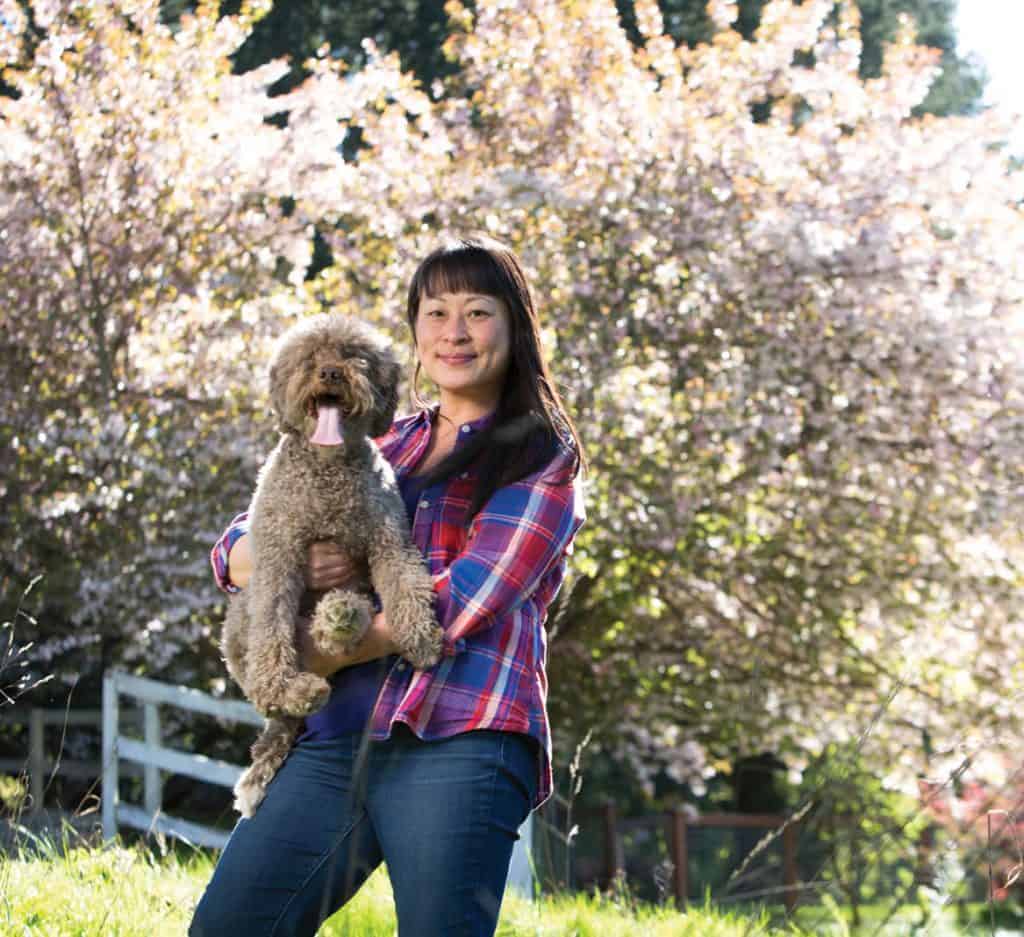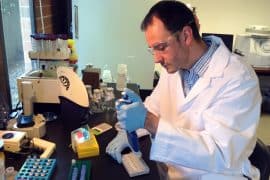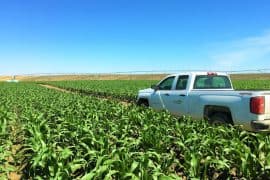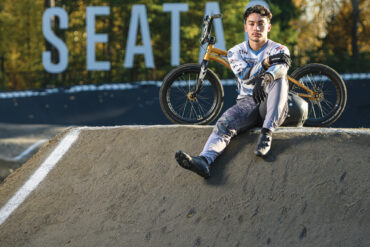interview by Jennifer Burns Bright
Nestled in the Tiger Mountain foothills 40 miles from Seattle, Sunny Diaz and her dog, Stella, hunt truffles professionally from November to March. Formerly in health care, Diaz made the shift, she said, “out of sheer hedonism.” It turns out she’s a visionary businesswoman, and the truffle career took off. In the past few years, she’s increasingly focused on working with chefs, both with special truffle dinners and leading forays specifically geared to culinary professionals. She’s transforming her microfarm, Little Cascadia, into a food-centric retreat and event space.
What’s life like for you during truffle season?
Busy! November through March, Stella and I go out into the woods once a week doing commercial harvesting for Seattle-area clients, and we also host private group forays. We average about 3 to 4 pounds per harvest, which translates to about 2 pounds of premium product after culling the overripe and critter-infested truffles.
And after?
When summer hits, most of the food industry interaction comes to a grinding halt. I’m an extrovert and need human contact, so it’s hard to make the transition to working in isolation. But I have plenty to do! I’m following permaculture guidelines for establishing native plants and restoring the riparian zone. I’m developing a half-acre of orchard fruit, and less-common stuff, like hardy kiwi and honeyberries, in the garden. There’s a small chicken flock, and I’m thinking about ducks and rabbits.
What are the next steps, and your vision, for your microfarm?
I’m anticipating turning it into a retreat for pop-up dinners, retreats and educational workshops. As I talk to more and more chefs about truffles, I am increasingly interested to have them come out here and mess around in the woods. They grind pretty hard, and they need a nature break. I envision them spending the day harvesting their own wild edibles and plants for plating—pretty stuff like lichen or maple leaves. I’d also have natural medicine workshops focusing on making things like tinctures and salves. What I’m intentionally creating is space for both connection and self-reliance.
How will wild foods help to forge that connection?
For me, it’s about holistic health and being accountable to our bodies, our communities. Building community is my own personal praxis. I grew up in a very traditional Mexican-American family, and I feel it’s particularly important for people of color to turn away from giving up our own agency, health and fate to systems that consider us a profit-point only. We need to shift culture and reeducate, commie as that sounds. Chefs educate diners, so they’re a great conduit. At Little Cascadia, chefs will be able to share their ideas and talk about how to support this evolution.







